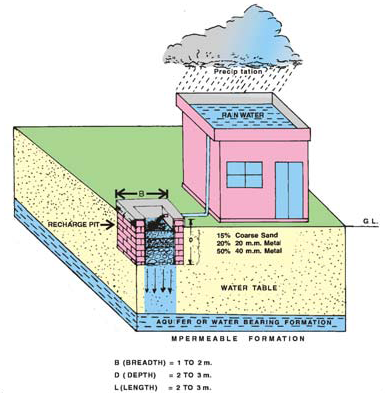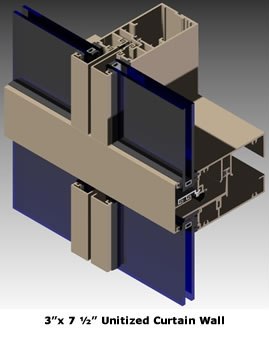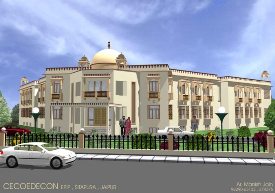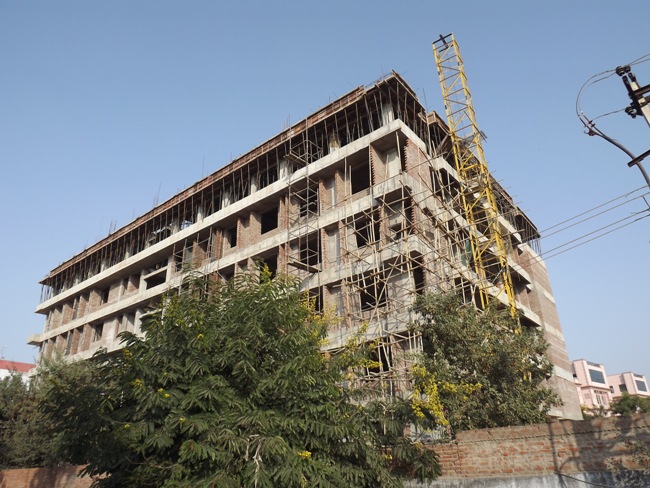Rain Water Harvesting in Urban Areas
In urban areas, rain water available from roof tops of buildings, paved and unpaved areas goes waste. This water can be recharged to aquifer and can be utilized gainfully at the time of need. The rain water harvesting system needs to be designed in a way that it does not occupy large space for collection and recharge system. A few techniques of roof top rain water harvesting in urban areas are described below.
Roof Top Rain Water Harvesting Through Recharge Pit
- In alluvial areas where permeable rocks are exposed on the land surface or at very shallow depth, roof top rain water harvesting can be done through recharge pits.
- The technique is suitable for buildings having a roof area of 100 sq.m. and are constructed for recharging the shallow aquifers.
- Recharge Pits may be of any shape and size and are generally constructed 1 to 2 m. wide and 2 to 3 . deep which are back filled with boulders (5-20 cm),gravels (5-10mm) and coarse sand (1.5- 2mm) in graded form. Boulders at the bottom, gravels in between and coarse sand at the top so that the silt content that will come with runoff will be deposited on the top of the coarse sand layer and can easily be removed. For smaller roof area, pit may be filled with broken bricks/ cobbles.
- A mesh should be provided at the roof so that leaves or any other solid waste / debris is prevented from entering the pit and a desilting /collection chamber may also be provided at the ground to arrest the flow of finer particles to the recharge pit.
- The top layer of sand should be cleaned periodically to maintain the recharge rate.
- By-pass arrangement be provided before the collection chamber to reject the first showers.
FDArchitects Forum is an independent platform for everyone interested in sharing knowledge, insights, facts, images. It is sustained by a great number of staffers and students from all over the world who help managing and moderating the forums.
Copyright © FRONT DESK . All rights reserved.

![[Image: heat1.jpg]](http://frontdesk.co.in/big/cm/heat1.jpg)
.jpg)
.jpg)
.jpg)
.jpg)
.jpg)
.jpg)


